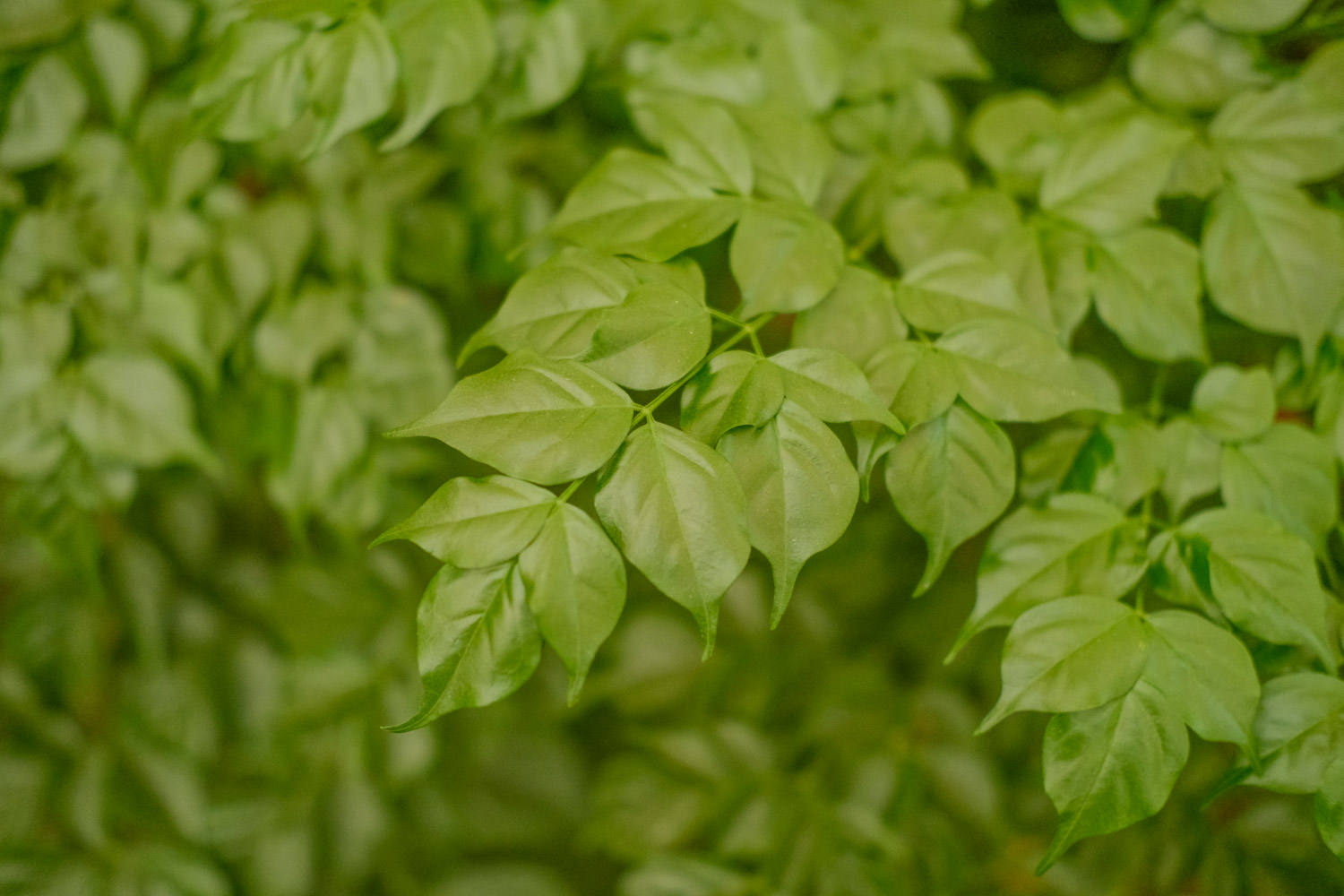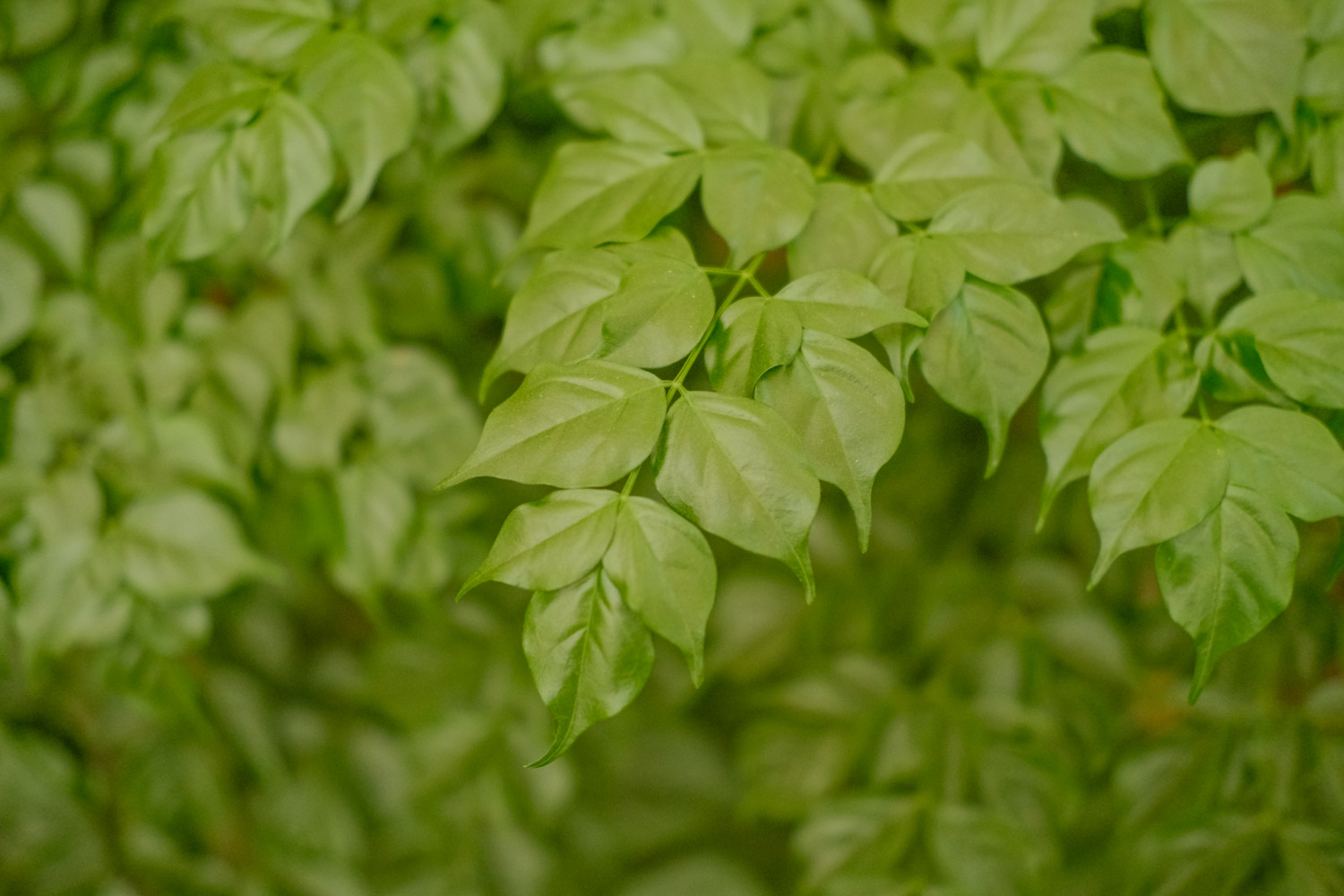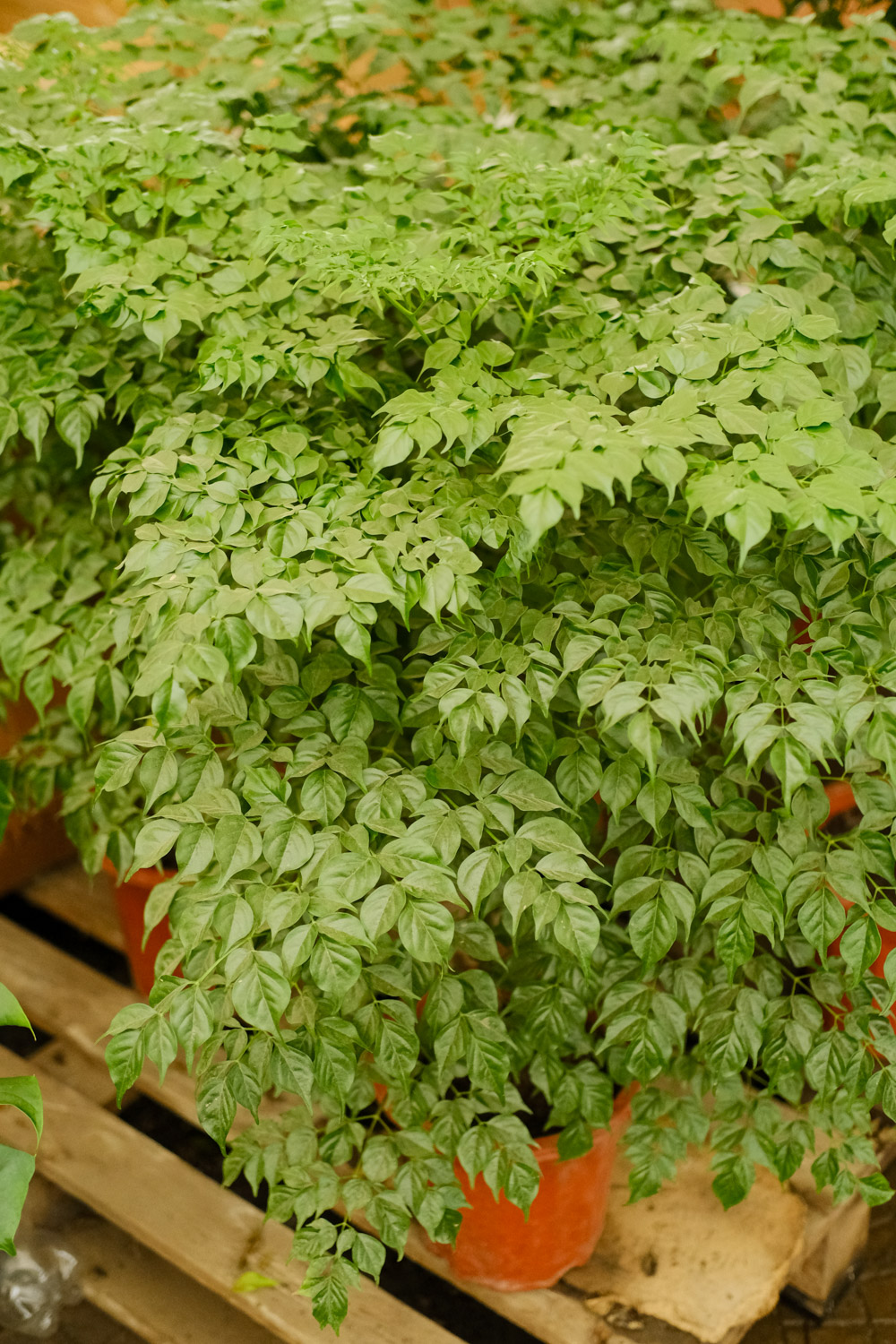1、 Ventilation
When raising happiness trees at home, we must pay attention to the maintenance of the environment and ventilation, otherwise the happiness trees will splash off their leaves. In spring, summer and autumn, potted plants can be moved outdoors for open cultivation. The temperature is low in winter. When maintaining indoors, windows can be opened for ventilation at noon when the temperature is high
2、 Illumination
Happy trees like the sun. If there is insufficient light, they are easy to fall leaves, but they can't be exposed to the sun. The hot sun in summer should be covered. The light in winter is warm and soft. They must be exposed to the sun all day to promote plant photosynthesis and accumulate nutrients

3、 Temperature
The most suitable growth temperature for happy trees is 20-30 ℃, and the maintenance temperature in winter is above 8 ℃, so as to avoid frostbite and leaf loss. If the maintenance temperature is low, water should be controlled properly
4、 Watering
When watering the happy tree, you can insert a bamboo stick at the edge of the basin and pull it out if you have nothing to do. If the bamboo stick is dry, water it through. Water it at noon in winter and in the morning and evening in summer. Under the condition of good ventilation, you can often spray water on the plant leaves to humidify it

5、 Fertilization
In the growing season of the plant, nitrogen, phosphorus and potassium balanced fertilizer and water can be applied every other month. If the temperature is higher than 32 ℃ or lower than 12 ℃, fertilization will be stopped to prevent fertilizer damage of happy tree
6、 Diseases and insect pests
Happy tree is easy to be infected with leaf spot disease. When it comes to disease, remove the diseased leaves and spray carbendazim for control. In addition, the happy tree is also prone to scale insects. When the pest is light, wipe the insects off with a cotton swab dipped in alcohol. When the pest is heavy, spray the scale for prevention and control


 how many times do yo...
how many times do yo... how many planted tre...
how many planted tre... how many pine trees ...
how many pine trees ... how many pecan trees...
how many pecan trees... how many plants comp...
how many plants comp... how many plants can ...
how many plants can ... how many plants and ...
how many plants and ... how many pepper plan...
how many pepper plan...



























